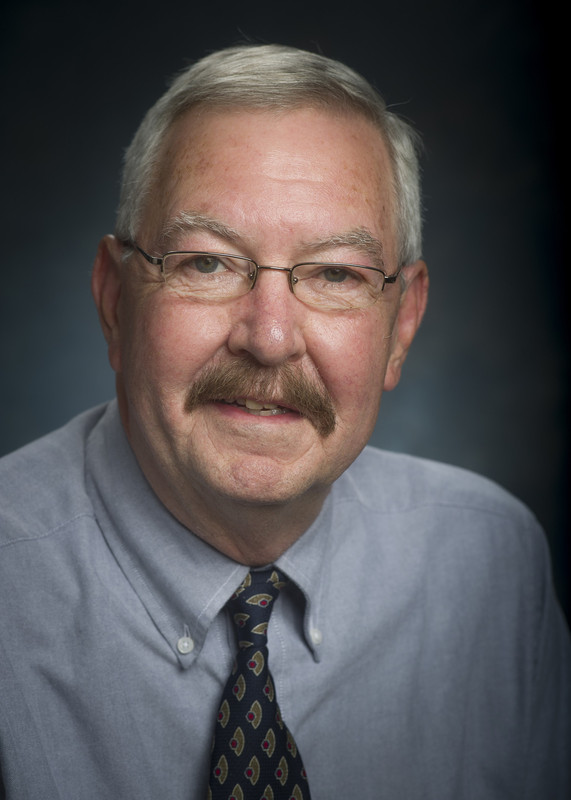
 J. Edwin Blalock, Ph.D., Nancy E. Dunlap, M.D., Endowed Chair in Pulmonary Disease, is the latest winner of the School of Medicine’s Featured Discovery. This initiative celebrates important research from School of Medicine faculty members. Dr. Blalock discovered that activated PMN exosomes are pathogenic entities causing matrix destruction and disease in the lung. This knowledge, published in Cell, points to a new biomarker and therapeutic target in diseases such as COPD and CF. Read more from UAB News here.
J. Edwin Blalock, Ph.D., Nancy E. Dunlap, M.D., Endowed Chair in Pulmonary Disease, is the latest winner of the School of Medicine’s Featured Discovery. This initiative celebrates important research from School of Medicine faculty members. Dr. Blalock discovered that activated PMN exosomes are pathogenic entities causing matrix destruction and disease in the lung. This knowledge, published in Cell, points to a new biomarker and therapeutic target in diseases such as COPD and CF. Read more from UAB News here.
The School of Medicine communications staff sat down with Dr. Blalock to gain insights about his research, UAB and the science community.
Q: What compelled you to pursue this research?
The findings reported in Cell ultimately came from my laboratory’s long-term interest in the role of neutrophilic inflammation in chronic lung diseases such as chronic obstructive pulmonary disease (COPD) and cystic fibrosis (CF). We had previously discovered a feed forward mechanism by which extracellular matrix breakdown led to neutrophilic inflammation that then results in emphysema and other characteristics of COPD. During studies to understand this pathway, we discovered that activated neutrophils release exosomes that are “armed” with neutrophil elastase that can damage the lungs. Such exosomes could cause COPD-like disease in mice, are found in COPD patients and can transfer this disease from COPD patients to mice.
Q: What was your most unexpected finding?
It was totally unexpected that a “pathogenic” exosome rather than the neutrophil itself was the mediator of extracellular matrix destruction and disease. It was also surprising that a noninfectious pathogenic entity, the activated neutrophil-derived exosome, could transfer a disease phenotype from a human to a mouse.
Q: What is your research’s relevance to human disease?
Our research is relevant to human disease because it provides a totally new and fundamental process by which chronic neutrophilic inflammation can lead to pathology and disease. It also suggests an exciting new biomarker and therapeutic target in diseases such as COPD and CF.
Q: How has being at UAB and living in Birmingham affected your research?
Being at UAB and living in Birmingham for many years have given me access to a number of exceptional trainees and colleagues that have been key to our success in the scientific arena. My co-authors in particular, Kris Genschmer, Derek Russell, Vivek Lal, Mike Wells and Amit Gaggar, are the latest examples of this talent pool.
Q: What made you come to UAB?
I was recruited to UAB in 1986 by the former chair of the Department of Physiology and Biophysics, Dr. Jimmy Neill. I was drawn to UAB because of the exceptional leadership of individuals such as Jimmy Neill and the late Dean of Medicine Jim Pittman and UAB’s reputation in Immunology that was anchored by Max Cooper, John Kearny, and Jiri Mestecky among others.